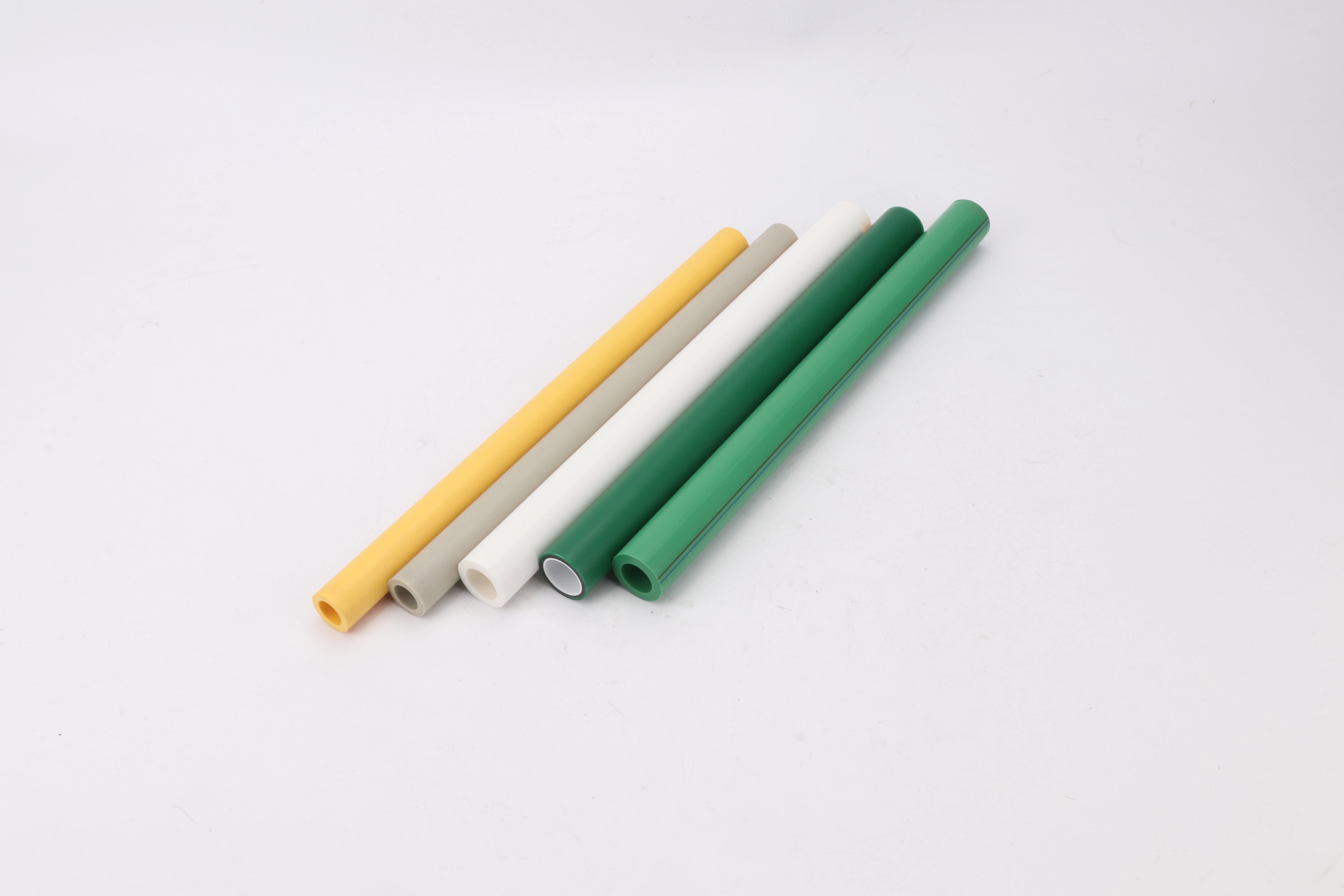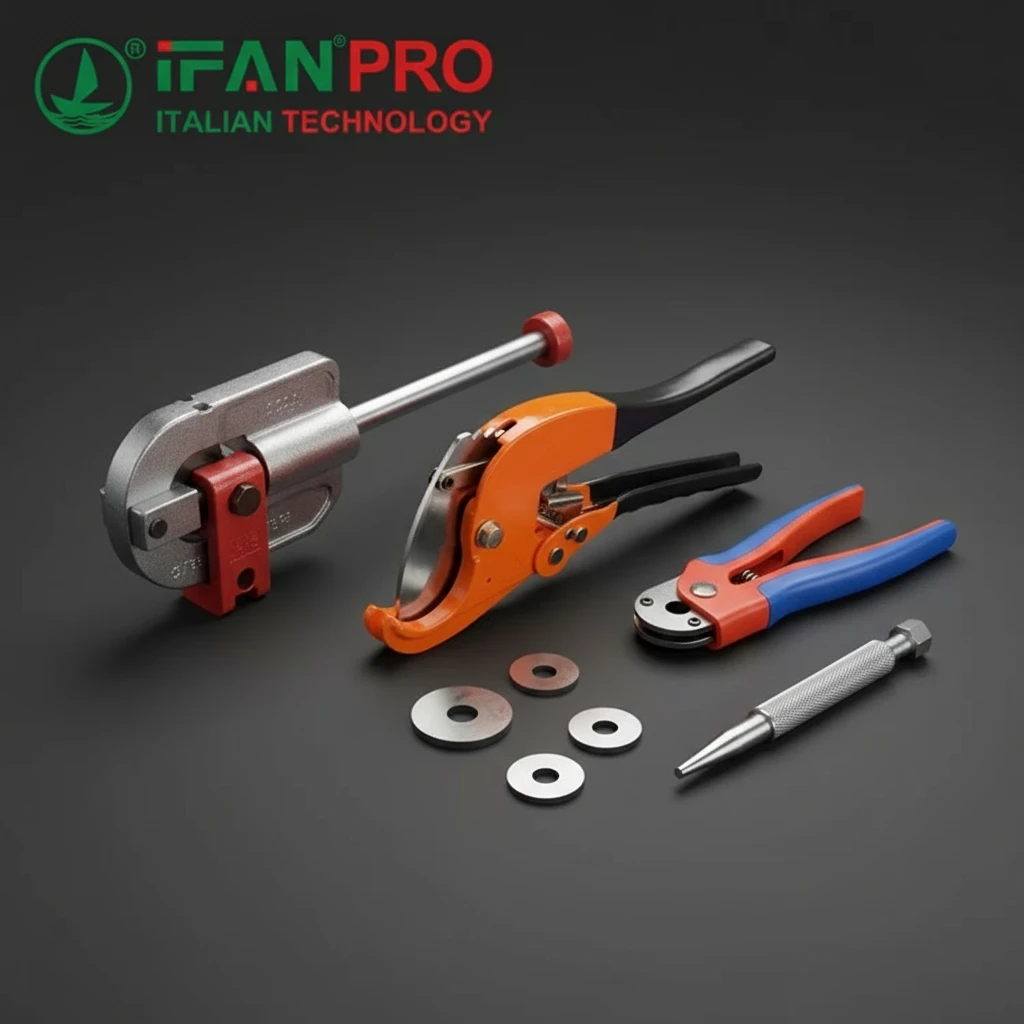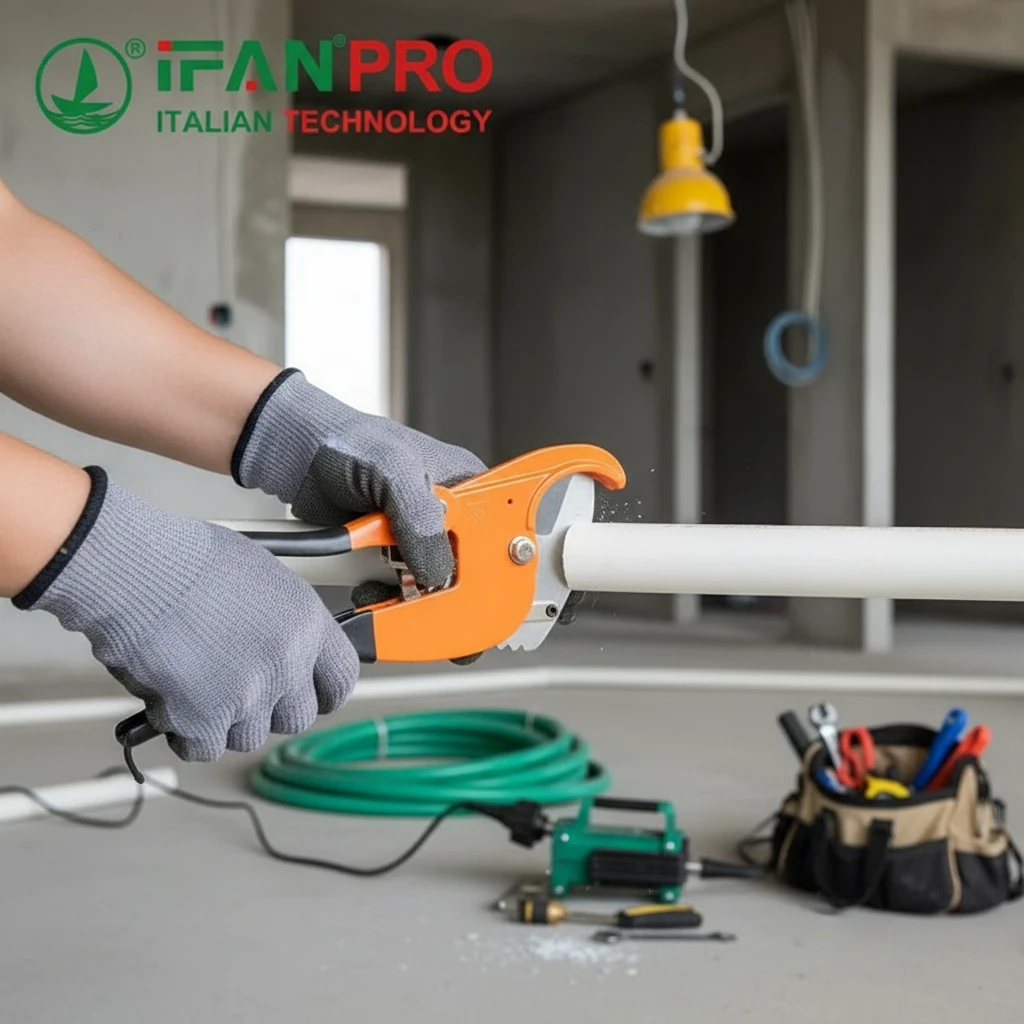Water pipework systems form the backbone of modern infrastructure, delivering clean water to homes, businesses, and industrial facilities worldwide. Whether you’re planning a new construction project or upgrading existing systems, understanding the fundamentals of efficient water pipework installation is crucial for long-term success and cost-effectiveness.
Understanding Water Pipework
Definition and Importance
Water pipework refers to the comprehensive network of pipes, fittings, valves, and accessories that transport water from its source to end-users. This critical infrastructure ensures reliable water distribution while maintaining pressure, flow rates, and water quality throughout the system.
The importance of properly designed and installed water pipework cannot be overstated. Efficient systems reduce energy consumption, minimize maintenance costs, prevent water waste, and ensure consistent service delivery. Poor installation or substandard materials can lead to costly repairs, water damage, and system failures that disrupt operations.
Types of Water Pipework
Modern water pipework systems utilize various pipe materials, each offering distinct advantages:
Copper Pipes: Known for their durability and antimicrobial properties, copper pipes are ideal for potable water systems. They resist corrosion and can last 50-70 years with proper maintenance.
PVC and CPVC Pipes: These plastic pipes offer excellent chemical resistance and are cost-effective for both hot and cold water applications. They’re lightweight, easy to install, and resistant to scale buildup.
Stainless Steel Pipes: Perfect for high-pressure applications and corrosive environments, stainless steel pipes provide exceptional longevity and maintain water purity.
PEX (Cross-linked Polyethylene): Flexible and freeze-resistant, PEX pipes are increasingly popular for residential installations due to their ease of installation and excellent performance characteristics.
Chilled Water Pipework
Applications and Benefits
Chilled water pipework systems are essential components in commercial HVAC installations, industrial cooling processes, and large-scale air conditioning systems. These specialized systems circulate chilled water to remove heat from buildings and equipment, providing efficient temperature control.
The primary benefits of chilled water systems include:
- Eficiencia energética: Centralized cooling systems typically consume less energy than individual air conditioning units
- Scalability: Easy to expand and modify as cooling requirements change
- Precise Temperature Control: Consistent temperatures throughout large facilities
- Reduced Noise: Quieter operation compared to air-cooled systems
- Space Savings: Eliminates the need for multiple outdoor condensing units
Design Considerations
Successful chilled water pipework design requires careful attention to several critical factors:
Flow Rate Calculations: Proper sizing ensures adequate cooling capacity while minimizing energy consumption. Undersized pipes create excessive pressure drops, while oversized pipes increase installation costs unnecessarily.
Pipe Routing: Strategic layout minimizes heat gain, reduces installation complexity, and allows for future maintenance access. Consider thermal expansion, pipe supports, and clearance requirements during the design phase.
Pump Selection: Circulating pumps must provide sufficient pressure to overcome system resistance while operating efficiently at design conditions.
Material Selection: Choose pipe materials that resist corrosion, handle operating pressures, and maintain thermal properties over the system’s lifespan.
Chilled Water Pipework Insulation
Importance of Insulation
Proper insulation is critical for chilled water pipework systems, preventing condensation, maintaining system efficiency, and protecting pipes from environmental factors. Without adequate insulation, chilled water pipes can experience:
- Condensation Problems: Leading to water damage, mold growth, and structural issues
- Energy Losses: Reducing system efficiency and increasing operating costs
- Temperature Fluctuations: Compromising cooling performance and comfort levels
- Pipe Corrosion: Accelerated deterioration due to moisture exposure
Insulation Materials and Techniques
Selecting appropriate insulation materials depends on operating conditions, environmental factors, and budget considerations:
Closed-Cell Foam: Provides excellent moisture resistance and thermal performance. Ideal for below-grade installations and high-humidity environments.
Fiberglass with Vapor Barrier: Cost-effective solution offering good thermal properties when properly installed with continuous vapor barriers.
Elastomeric Foam: Flexible insulation that conforms to complex pipe configurations while providing superior condensation control.
Mineral Wool: Fire-resistant option suitable for high-temperature applications and areas requiring enhanced fire safety.
Installation techniques must ensure continuous coverage without thermal bridges, proper vapor barrier sealing, and adequate support for insulated pipes.

Water Feature Pipework
Common Types of Water Features
Water feature pipework serves decorative and functional purposes in various applications:
Fountains and Water Displays: Require specialized pumps, nozzles, and circulation systems to create desired water effects while minimizing maintenance requirements.
Swimming Pools and Spas: Complex systems incorporating filtration, heating, chemical treatment, and water circulation components.
Irrigation Systems: Efficient water distribution networks for landscaping, agriculture, and green infrastructure projects.
Decorative Ponds and Water Gardens: Balanced ecosystems requiring proper circulation, filtration, and aeration systems.
Installation Best Practices
Successful water feature installations require attention to several key principles:
Hydraulic Design: Calculate flow rates, head losses, and pump requirements to ensure proper water movement and effects.
Leak Prevention: Use appropriate joints, fittings, and sealing methods to prevent water loss and potential damage.
Accessibility: Design systems with maintenance access in mind, including strategically placed valves, cleanouts, and equipment locations.
Winterization: In cold climates, incorporate drainage capabilities and freeze protection measures to prevent pipe damage.
Electrical Safety: Ensure all electrical components meet safety codes for wet environments, including proper grounding and GFCI protection.
Chlorination of Water Pipework
Importance of Chlorination
Disinfection of water pipework systems is essential for maintaining water quality and preventing contamination. Chlorination eliminates harmful bacteria, viruses, and other microorganisms that can proliferate in distribution systems.
New pipework installations require thorough disinfection before commissioning to remove construction debris, oils, and potential contaminants introduced during installation. Existing systems may need periodic disinfection to maintain water quality standards.
Methods of Chlorination
Several chlorination methods are available, each suitable for different applications:
Continuous Chlorination: Maintains residual chlorine levels throughout the system for ongoing protection against microbial growth. Commonly used in municipal water systems and large facilities.
Shock Chlorination: High-concentration chlorine treatment used for system startup, emergency disinfection, or periodic maintenance. Requires careful handling and proper flushing procedures.
UV Disinfection: Chemical-free alternative using ultraviolet light to inactivate microorganisms. Effective for point-of-use applications but doesn’t provide residual protection.
Chlorine Dioxide: Advanced oxidizing agent offering superior disinfection capabilities with reduced disinfection byproduct formation.
Proper chlorination procedures include initial system cleaning, chlorine application, contact time maintenance, testing and verification, and thorough flushing to remove excess chlorine.
Conclusión
Summary of Key Points
Efficient water pipework installation requires comprehensive understanding of system requirements, proper material selection, and adherence to industry best practices. Key considerations include:
- Selecting appropriate pipe materials based on application requirements and environmental conditions
- Implementing proper design principles for flow rates, pressure drops, and thermal considerations
- Ensuring adequate insulation for chilled water systems to prevent condensation and maintain efficiency
- Following established installation procedures for water features to ensure reliability and performance
- Incorporating proper disinfection protocols to maintain water quality and system integrity
Future Trends in Water Pipework
The water pipework industry continues evolving with emerging technologies and changing requirements:
Smart Systems Integration: IoT sensors and monitoring systems provide real-time data on system performance, enabling predictive maintenance and optimization.
Sustainable Materials: Increased focus on environmentally friendly pipe materials and manufacturing processes reduces environmental impact.
Prefabrication Technologies: Off-site manufacturing and modular systems improve installation quality while reducing construction time and costs.
Advanced Insulation Solutions: New insulation materials offer improved thermal performance, durability, and installation efficiency.
Water Conservation Technologies: Integrated systems combining water treatment, recycling, and smart controls maximize water efficiency in building applications.
As the industry advances, partnering with experienced manufacturers and installers becomes increasingly important for project success. Professional guidance ensures systems meet current codes, incorporate latest technologies, and provide reliable long-term performance.
For custom water pipework solutions tailored to your specific requirements, consider working with established manufacturers who understand both technical specifications and practical installation challenges. The right partnership can make the difference between a functional system and an optimized solution that exceeds performance expectations while minimizing lifecycle costs.













Comentarios recientes